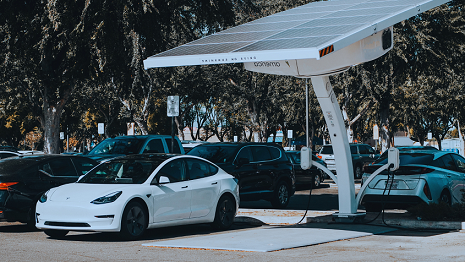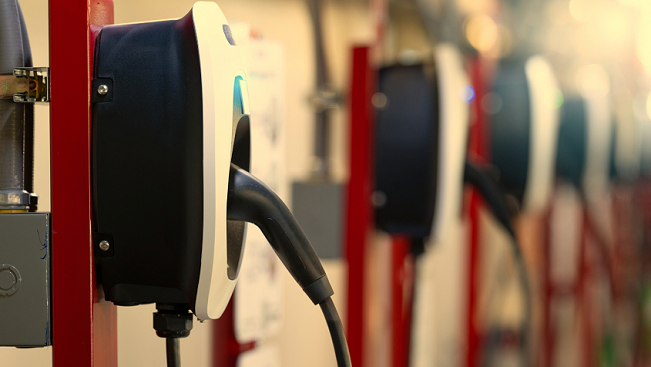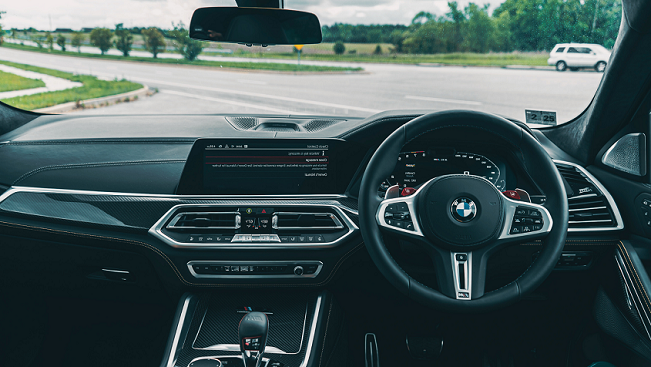
As electric vehicle (EV) technology advances, one of the most exciting innovations is bidirectional charging, which allows EVs to both consume power from the grid and provide energy to the grid. This developing technology has the potential to revolutionize the way we think about energy storage and use, providing advantages to EV owners and the larger energy ecosystem. In this article, we’ll explore how bidirectional EV charging works, recent advancements, the benefits, and the challenges it faces, providing a clear picture of its future impact.
1. What Is Bidirectional EV Charging?
Bidirectional EV charging, also known as vehicle-to-grid (V2G) technology, enables electric vehicles to function as mobile energy storage units. Bidirectional chargers differ from traditional chargers by enabling electricity to flow in both directions. As a result, electric vehicles can feed power back into the grid or provide energy to a building, residence, or various devices.
Bidirectional charging offers three primary applications:
- Vehicle-to-Grid (V2G): Electric vehicles can return energy to the environment, helping to balance energy demand and increase electricity supply during periods of high demand.
- Vehicle-to-Home (V2H): In places with certain power sources, trains can be used as backup power sources to provide power to houses.
- Vehicle-to-Load (V2L): Electric vehicles can directly supply power to outdoor decoration equipment, which is particularly useful in household activities in remote areas.
2. How Does Bidirectional Charging Work?
Bidirectional charging involves using a DC-to-AC inverter to convert the car’s stored DC power into AC power compatible with the grid or home use. Some EVs come equipped with the necessary hardware for bidirectional charging, while others require specialized chargers that support two-way energy flow.
Key components involved include:
- Bi-directional Inverter: This converts the stored DC voltage into AC voltage.
- Management Software: It is called the EMU vehicle to monitor and control the energy and determine the time to charge or discharge the EMU battery.
- Connection Infrastructure: Systems and standards are still evolving, and most electric vehicle chargers are bidirectional.
3. The Benefits of Bidirectional EV Charging
Bidirectional EV charging has a range of potential benefits, particularly for grid stability, individual cost savings, and environmental impact:
- Grid Stabilization: Two-way charging allows the power to be recharged during periods of demand, and electric vehicles help reduce the risk of interruptions in the power system.
- Reduced Energy Costs: The electric corridor can be checked when the battery is low.
- Emergency Power Backup: At a stop, directional charging can turn the EMU into a backup power source, ensuring that basic equipment and systems continue to function.
- Increased Renewable Energy Integration: With the charging function of Shuxian, electric vehicles can store excess energy from solar and wind energy, reducing cost and energy consumption. It’s feasible〧〤
4. Current Innovations and Leading Players
Electric vehicle charging technology is developing rapidly, with several automobile and automotive companies leading the charge. We are the leaders in this field who are involved in innovation.
- Nissan: Nissan Leaf is one of the early adopters. The product was launched in a certain city with V2G support. A pilot project demonstrates Leaf’s ability to support electric vehicles
- Ford: After the F-150 Lightning electric pickup truck is fully charged, with its two-way charging function, it can provide families with a backup source of energy.
- Hyundai: The Ioniq 5 generation supports V2L, which can directly power the device. V2G Ò V2H functionality.
5. Challenges Facing Bidirectional EV Charging
Despite the promising future, bidirectional EV charging faces several challenges that must be overcome to achieve widespread adoption:
- Battery Degradation: Excessive discharge and charging of electric vehicles during this period may lead to some misunderstandings. Although the system is in operation, we are still busy with the trains. This is a question that the trains are concerned about.
- Regulatory Barriers: V2G technology has regulations. In many places, two-way telecommunications systems require further standardization and review.
- Infrastructure and Cost: Two-way chargers and transmitters are more expensive, which may be a problem for high-speed trains. Outside of China, a certain place is open for business.
- Software and Communication Protocols:Interoperability between electric vehicles, chargers, and the grid requires standardized communication protocols. Organizations such as the Open Charging Alliance are developing these standards, but universal compatibility remains a challenge.
6. The Future of Bidirectional Charging

The whole thing is a moving crown, with the crown in the middle of the crown. You can use ︋ᘯ︀ﺛ to find out how to use Potential.
- Integration with Smart Grids: Smart grids that can dynamically manage energy supply and demand are essential for bidirectional charging to reach its full potential. Integrating EVs as part of these smart grids could allow for optimized energy distribution, reduced costs, and improved reliability.
- Enhanced Battery Technology: As battery technology improves, issues such as degradation could be minimized, making V2G technology more viable for everyday use. Solid-state batteries, for example, are expected to have longer lifespans and faster charging times.
- Incentives for EV Owners: Some regions, such as California, are piloting programs in which electric vehicle owners are compensated for feeding electricity back into the grid. If such incentives become widespread, they could accelerate consumer adoption of two-way charging.
- Collaboration with Renewable Energy: By charging the electric vehicle, the electric vehicle can be charged with a storage unit, which can help reduce its intermittent operation and improve the stability of the vehicle.
How Bidirectional EV Charging Will Transform the Energy Landscape
Two-way electric vehicle charging is not only a technological innovation; it represents a paradigm shift in the way we think about energy storage and consumption. By turning electric vehicles into mobile power sources, we can deliver a wide range of benefits, from cost savings for consumers to enhanced grid stability and reduced environmental impact. While challenges remain, continued progress and supportive policies are likely to drive the adoption of bidirectional charging in the coming years, making it an integral part of the energy transition.
As we continue to embrace high-speed trains, Shuxiang has great potential for rechargeable plastics to create a more resilient and sustainable future.


